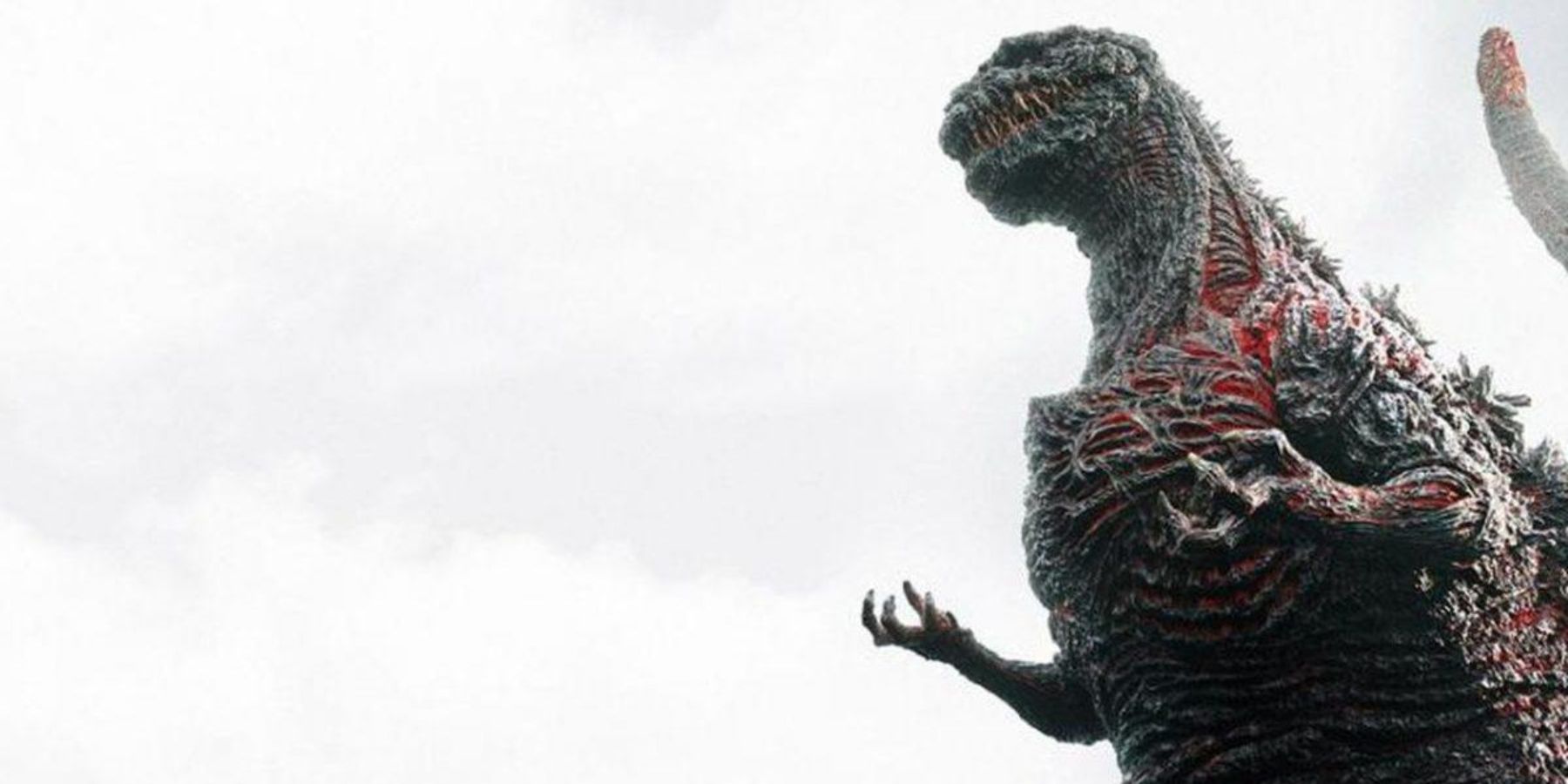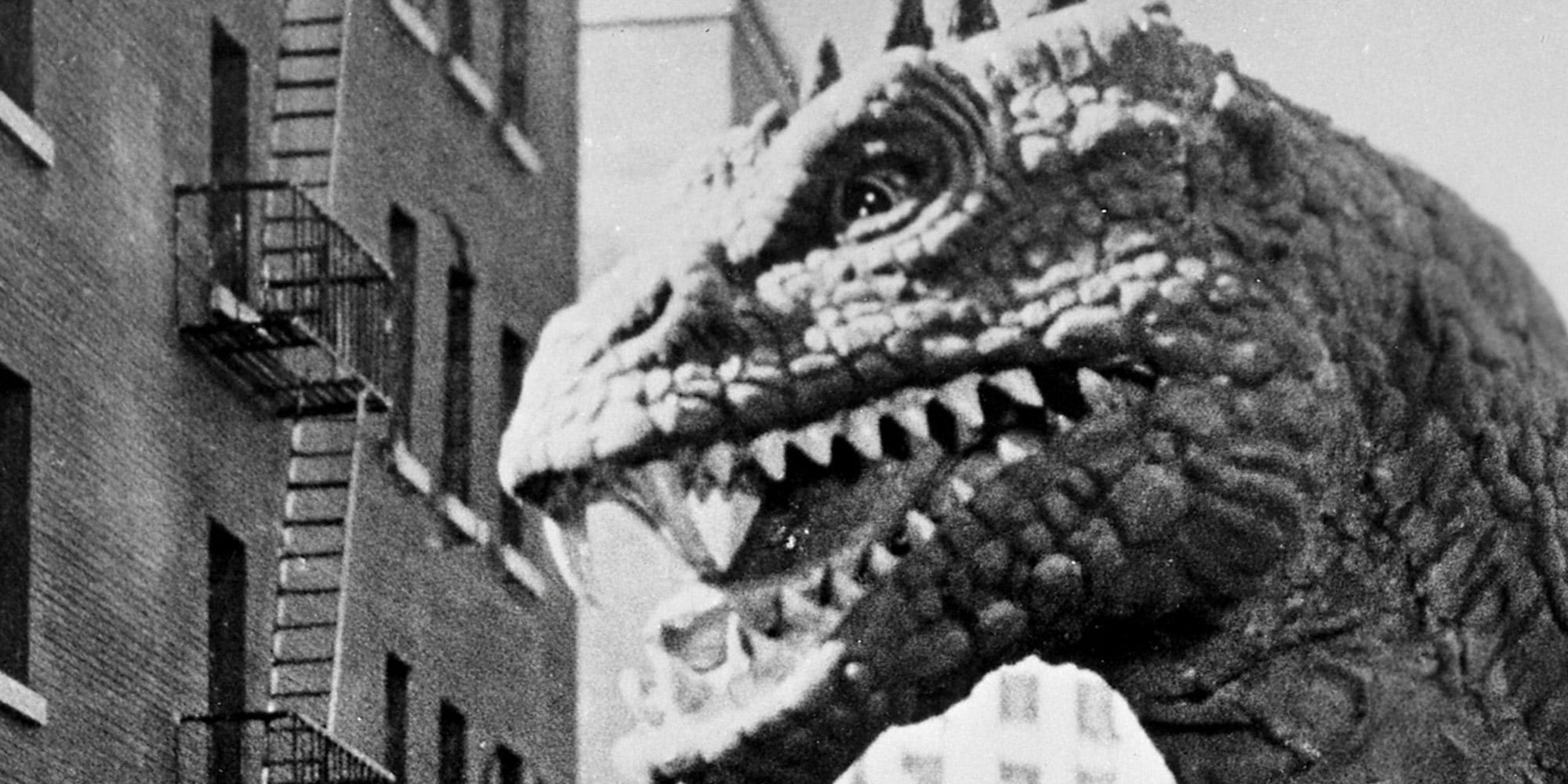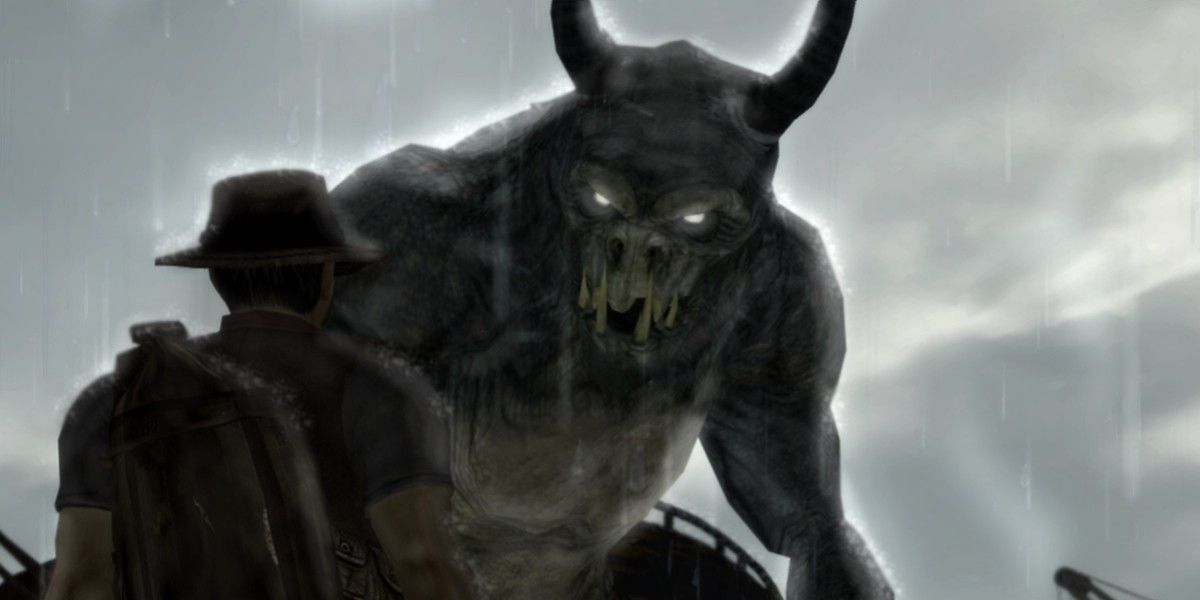Science fiction has a lot of stories that get retold over and over. In the 50s and 60s, one of the most common sci-fi outings was the attack of a giant monster. Those monsters almost always took the form of massive versions of regular animals, and they almost always grew due to exposure to nuclear radiation.
Science fiction often depicts dramatized versions of common fears. The advancement of science and technology has a lot of drawbacks, and the genre exists to depict them in extreme cases. There's no contemporary development more terrifying than the nuclear bomb, and tons of creatives took their turn to depict its horrors.
Nuclear Mutants are creatures that have been immutably changed by exposure to radioactive materials. These changes almost always make the victim larger, more dangerous, and angrier. In real life, consistent exposure to radiation generally causes illness and death among most living creatures. Mutated creatures tend to have unpleasantly deformed offspring, which is frequently a feature of this type of fiction. Some real organisms that were born into highly irradiated areas have evolved (or mutated) to better survive the consistent deleterious effects. However, in fiction, there are no limits to what nuclear radiation can do to a living organism. Mutated animals tend to get larger and become more violent, but mutated humans can maintain their identity in some cases. Just about any physical or behavioral change in a living creature can be easily explained by radioactive waste.
The codifier for this trope is almost unquestionably the 1953 horror film The Beast from 20,000 Fathoms. Eugène Lourié created a movement with his early monster movie classic. Released the year before both Them and Godzilla, The Beast from 20,000 Fathoms can be seen as the inspiration for the Nuclear Mutant craze throughout the 50s. Monster movies were produced before this film, but they tended to eschew any sort of explanation. King Kong, for example, is just a giant ape who happens to live thousands of miles away from civilization. The Rhedosaurus of 20,000 Fathoms, on the other hand, was a hibernating dinosaur who is roused from its long slumber by an atomic bomb test. This is a slight shift on the idea, as the bomb doesn't actually create the monster, it just wakes him up. The films inspired by this one, however, were much more explicit in their connection to nuclear radiation.
The flagship Nuclear Mutant is and will always be Godzilla. Ishiro Honda's 1954 classic depicts the awakening of a prehistoric lizard who is warped and granted greater power by the atomic bomb. Godzilla was initially a walking metaphor for the horrific destructive potential of the H-bomb. The first film made the King of the Monsters' connection to the bomb as explicit as possible. Over the years, however, that aspect of the character slipped out of focus. Later films focused on Godzilla as a savior of mankind against greater threats, including aliens, demons, and other Nuclear Mutants. That shift provides some unpleasant subtext about mankind's relationship with the most powerful weapon in history. We used to view it as the ultimate evil, but we now see it as the last line of defense against greater threats. However, that's probably too much thought put into the idea of giant monsters fighting. Godzilla is the go-to Nuclear Mutant, and his legacy is inescapable. The recent film Shin Godzilla brought Godzilla's nuclear subtext back to the forefront, confidently reclaiming the top spot of this trope.
Video games have a lot of fun with the idea of mutated human beings. Fallout is a lot of people's first thought when someone mentions nuclear mutations. Just about every living thing in the wasteland has been exposed to enough radiation to cause a Geiger counter to explode. Most non-human enemies in the game are urban vermin who have been inflated in size and turned feral by ambient radiation. Monstrous insects can destroy a player in moments. Rats can grow to the size of large dogs and maul their prey to death. Humans also catch quite a bit of radiation, leading to some wonderful physical changes. Ghouls are the default irradiated humans, but swamp folk, lizard people, and even Deathclaws might have once been normal humans.
It's amazing what a little bit of nuclear radiation can do to an otherwise normal being. Nuclear Mutants can be everything from powerful heroes to mindless beasts. The go-to explanation for the movie monster of the week has become a popular sci-fi trope across just about every medium. Some writers use the scientific understanding of nuclear power the same way a fantasy writer might use magic. Nuclear Mutants are a fun and entertaining method of introducing horrible monsters to a science fiction world, and there are no limits to the power of this simple chemical trait.



